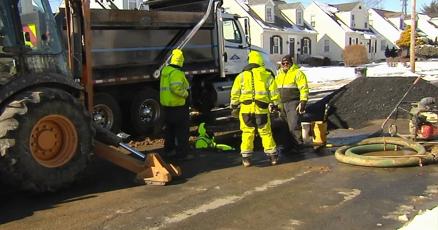Freeze, Fix, Flourish: Local Service Pros Ride Winter's Repair Wave

Winter's Icy Grip: Heating and Plumbing Challenges Strain Local Services
As temperatures plummet across the region, homeowners are experiencing a surge of cold-weather complications. Frozen pipes and struggling heating systems have created a perfect storm of maintenance emergencies, pushing local HVAC and plumbing professionals to their limits.
Repair technicians are working around the clock to address the mounting challenges brought on by the extreme cold. Burst pipes, malfunctioning furnaces, and heating system breakdowns have become increasingly common, leaving service companies scrambling to meet the overwhelming demand.
Residents are advised to take proactive measures to protect their home's infrastructure, such as insulating exposed pipes, maintaining consistent indoor temperatures, and scheduling emergency inspections if they notice any signs of potential system failures.
The current cold snap has transformed routine home maintenance into a critical priority, highlighting the importance of preparedness during harsh winter conditions.

